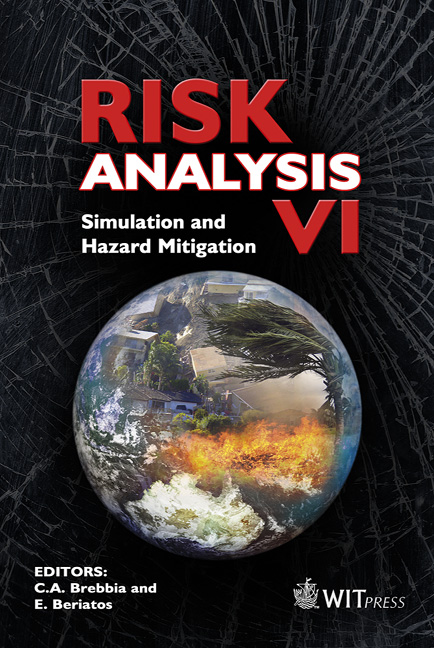Recent Development Of Tsunami Disaster Reduction Management In Japan After The 2004 Indian Ocean Tsunami
Price
Free (open access)
Volume
39
Pages
10
Page Range
159 - 168
Published
2008
Size
866 kb
Paper DOI
10.2495/RISK080171
Copyright
WIT Press
Author(s)
Y. Kawata
Abstract
The 2004 Indian Ocean Tsunami prompted a review of tsunami disaster prevention measures in Japan. More than anything else, Japanese people were shocked at the power of the video footage taken at the time the tsunami struck. Unfortunately, there are some people who say that a catastrophe like that could not happen in our country. That is an outright lie. What people need to understand is that even in a developed country, unless people evacuate, a tsunami like that could result in a disaster of epic proportions. Japan has experienced countless big tsunamis, and our strategies to deal with them have been praised by the rest of the world as being advanced. Therefore, it is probably natural that citizens of this country feel proud of these measures and confident that a huge disaster would be prevented. However, although big tsunamis keep occurring, many Japanese people do not advocate the need for drastic measures because they occur so infrequently that after one occurs, tens of years to more than 100 years, in other words several generations, may pass before there is another one. The Japanese ordinarily assume a tolerant stance toward nature, but that does not mean that nature is kind. The purpose of this paper is to make clear the improvement of tsunami disaster reduction strategy in Japan after the Indian tsunami. The new situation including soft countermeasures such as a hazard map, quick evacuation and TRUST, which is an early tsunami warning system, was introduced. Finally, Japan’s future tsunami strategies in light of these recent events were discussed. Keywords: disaster reduction, disaster management, disaster reduction strategy, Tokai earthquake, Nankai earthquake, the Indian Ocean Tsunami.
Keywords
disaster reduction, disaster management, disaster reduction strategy,Tokai earthquake, Nankai earthquake, the Indian Ocean Tsunami.





